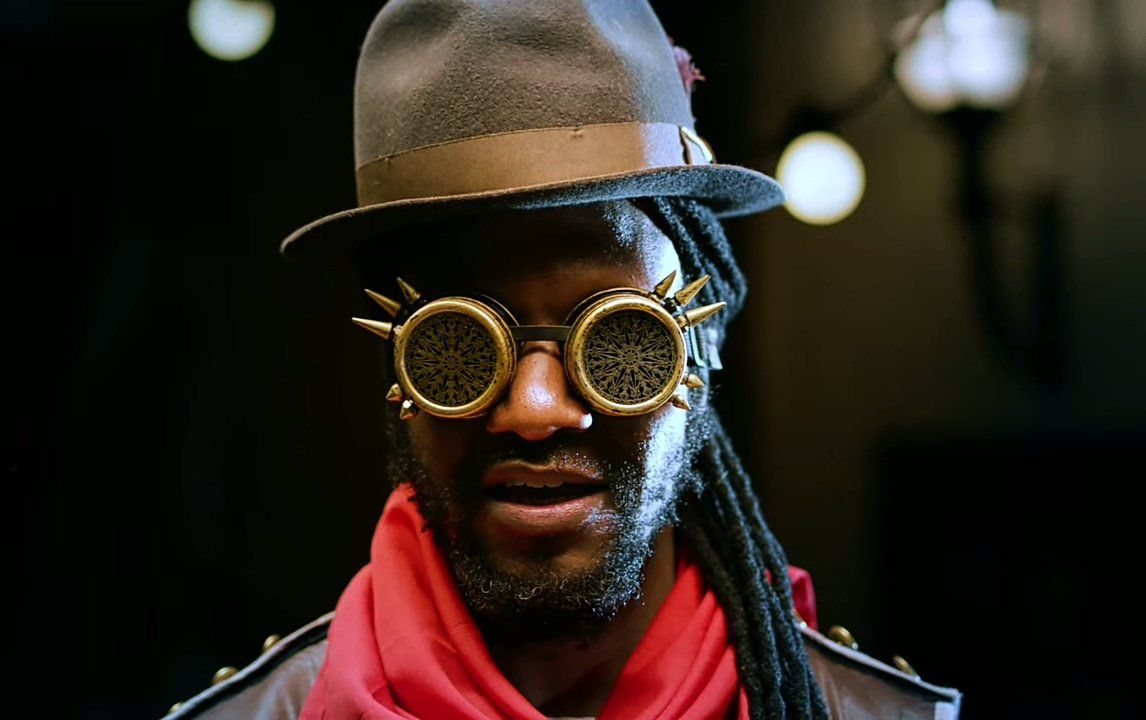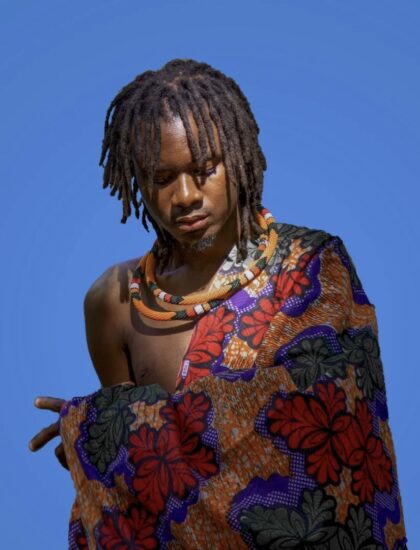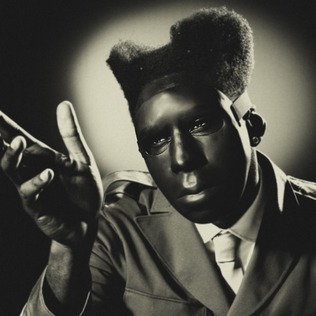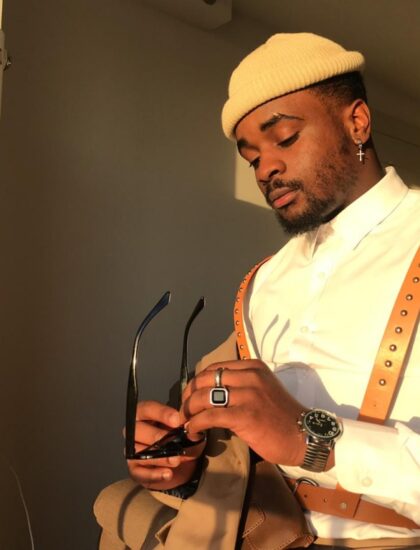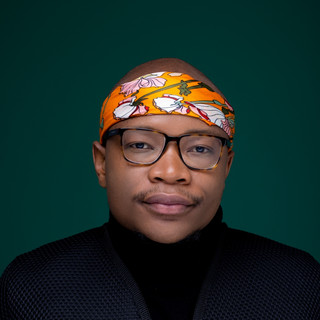The politics of the Venice Biennale might best be seen through the spatial geography of pavilions: The well-financed are situated close to the main exhibition in the Arsenale and Giardini sections where Biennale curator Christine Macel’s vision is laid out, while others are scattered in the hinterlands of the city.
In many ways, the location of national pavilions replicates the world’s political and economic power structures: Powerful European and North American nations, which know the value of this platform, maintain permanent pavilions paid for with state funds.
But many other nations do not support their artists and pay for their presence in the biennale. If neither a government nor private funders support a pavilion, it is forced to rent (cheaper) space in the outer neighbourhoods of Venice to which only diehard art professionals and a curious few are willing to venture out to – trekking through mazes of streets, canals, and picturesque bridges.
In using “Viva Arte Viva!” as the theme for the biennale, curator Macel wished to stress the significance of regarding “art for art’s sake”. She wanted to say that art should be representative of more than what it is commercially worth. But even though the biennale is meant to provide a view of cutting-edge practices, it seemed as though black artists, and African artists in particular, were either absent from that picture, or relegated to the peripheries.
Despite the vocal activism of black artists and women of colour in women artists groups such as Guerrilla Girls, the breakdown of the racial demographics of the 2017 Venice Biennale by Artsy’s editorial team revealed that of the 120 artists Macel chose to participate in the central exhibition representing her vision for “Viva Arte Viva!”, a “mere five artists are black”, and of that number, Senga Nengudi, an American, was the only black, female artist.
If it were not for the handful of African national pavilions, the 57th edition of the Venice Biennale would have looked mostly like a Europe that had closed its borders. Angola, Cote d’Ivoire, Egypt, Kenya, Nigeria, South Africa, Tunisia, Zimbabwe were the only representatives of Africa in the biennale.
Scrambling for visas
To make a place for themselves at this edition of the biennale, and to raise the funds necessary for a national pavilion, African pavilion curators had to be adept at networking with politicians and the business community, and persuading powerful people at home that financing art and artists’ passage is a socially, politically and financially lucrative investment.
Each African pavilion’s set of curators and artists have tales of challenges met and surmounted that artists from “first-world” pavilions would not dream of encountering.
For example, after it was revealed that two Malindi-based Italian businessmen and a Chinese property developer hijacked the Kenya pavilion to show a collection of works by one Italian, six Chinese and just two Kenyan artists at the 2015 Biennale, Kenyan artists and writers attempted to shame their government into taking a stand and funding a “real” Kenyan pavilion in the 2017 biennale.
Unfortunately, their heroic efforts to right this wrong and reclaim the Kenya Pavillion did not translate into funds. This year, Kenyan curators and artists had to do some old-fashioned wrangling to finance flight tickets and visas to be able to come to Venice and participate in the biennale. They were glued to their phones the day before they – and all their artworks – were due to fly, still making calls to the Italian embassy to get visas. By some miracle, they arrived in Venice in time and set up their pavilion the day before the official opening – an unheard-of situation for their first-world counterparts who arrived weeks before to set up.
Questioning the concept of ‘the nation state’
Artists and pavilions alike questioned this year’s edition’s pretences about the aesthetic not having anything to do with the political, and the Biennale’s ongoing obsession with using the nation state as the singular unit to categorise art and artists and to make sense of the world.
Malian artist Abdoulaye Konate’s joyful homage to Brazil, for example, acknowledges the significance of both football and Catholicism for the country, but also gently mocks these obsessions, which were used to manufacture a national identity. There is a tiny, embroidered football and a fiery-feathered parrot in his work made up of carefully layered tiles of cloth.
There is also an easy-to-miss Christ the Redeemer statue – a massive art-deco statue, which is one of the most easily recognised national symbols of Brazil, designed by the French sculptor Paul Landowski and the Romanian sculptor Gheorghe Leonida, and built by the Brazilian engineer Heitor da Silva Costa. Along with Konate’s work, the collaborative effort that went into this iconic statue itself speaks volumes about the fantasy of “the nation”.
Tunisia, which presented a pavilion at the biennale for the first time since 1958, developed a powerful yet simply and elegantly executed political performance. Its curator, Lina Lazaar’s concept, The Absence of Paths, involves “immigration offices” at several locations in the Arsenale section of Venice, where cheery but officious un-bureaucrats (who are “aspirant migrants” rather than artists) process “freesas” within minutes to anyone willing to line up. This “free visa” allows movement based only on one’s human will to be mobile, seek safety and self-betterment, rather than permitting mobility based on one’s existing privileges, class, and/or racial markings. In a time when the Mediterranean border is a location that launches so many dreams and deaths, the Tunisian Pavilion’s performance art was a painfully real and politically astute necessary offering that questioned the concept of national borders.
Another pavilion that refutes the privileged position that the nation state is given at the Venice Biennale and challenges the depressing number of black artists in Christine Macel’s vision is the Diaspora Pavilion, which is presented by the International Curators Forum and University of the Arts London. A total of 19 artists came together under the banner of the Diaspora Pavilion to create a living testament to what it means to house many nations within one’s body, psyche, and practice as an artist, and to question the trust and loyalty that those with more stable national narratives place on the nation state.
This is a pavilion created because artists of complex, multinational backgrounds – and black women artists, especially – find that the doors of high art are closed to them. The Diaspora Pavilion had one of the most ebullient opening ceremonies – and a kicking party afterwards, with a long queue of jostling hopefuls spilling out on to the street, much to the ire of cursing locals who simply wanted to pass through. But when those who are marginalised and excluded create space for themselves in an environment that would otherwise be inhospitable to their persons and their work, the response is bewilderment at first, and then resistance.
I know of at least one person who asked “Is this necessary?” about the Diaspora Pavilion. For them, “this” is black artists taking up too much space, playing music too loudly, being just too much. Perhaps “this” is also creating discomfiture for those who believed, for a minute, that the art world, along with the Millennial generation, had become “colour-blind” – so over race that racism is no longer a real threat. But the fact that Diaspora artists had to create an alternate space for themselves – to counter the erasures that that they encounter – meant that those who purport not to see colour, race, ethnicity, or difference could not support their fantasy. And that is embarrassing.
A chance discovery
In Venice, I also came across the small Antigua and Barbuda pavilion, which presents the narrative of a forgotten local son – the eccentric artist Frank Archibald Wentworth Walter, the self-styled 7th Prince of the West Indies, Lord of Follies and the Ding-a-Ding Nook, born in Antigua in 1926. Many of his enormous body of work were executed on unconventional canvases, including the backs of Polaroid film boxes. His work includes sculptures and an extensive genealogy of his family, which was written by hand using ink.
In the pavilion, among the brilliant colours of his portraits of island life, there was also a map of Walter’s family tree, which traces his lineage from the slaves as well as the European owners of a sugar cane plantation down to himself – the first black man on the island to own a sugar cane plantation.
Walter suffered from mental illness exacerbated by a move in the 1950s from Antigua to London, where – despite his white aristocratic lineage on which he had been taught to invest his identity – he encountered racism so damaging to his psyche that upon his return he retreated to a hermitage above the Antiguan coastline – with no running water or electricity – to paint.
I only found this pavilion by chance. As I was walking along the canals of Venice looking for the Nigerian Pavilion, I saw Frank Walter’s name on a board outside a building. It is in serendipitous moments like this that an unwieldy and inelegant creature like the Venice Biennale becomes memorable.
Appropriating African art
Biennales are supposed to have different goals from commercial art fairs, which are unapologetically driven by sales. But in this year’s Venice biennale the big buzz is around the multimillion-dollar salesof a well-known British artist’s gaudy, and conceptually shaky works, including exact reproductions of Ori Olokun, one of the copper-alloy heads from Ife, Nigeria, which date back to the 14th century.
Qudus Onikeku, the Nigerian choreographer and dance virtuoso, noted, wryly: “When you name things, you invoke them, when you give attention to things, you direct energies towards them, and thus the thing exists, so I have decided not to mention the name of that fraudulent miscreant that appropriated the IFE HEAD at the Venice Biennale.”
Heeding Onikeku’s political and spiritual imperative, I will not name this artist. However, assembly-line copies of historic sculptures that he created – that are as authentic as “antiqued” metal bits purchased at a Restoration Hardware shop – did not bother the horde of collectors stampeding into his exhibition and snapping up all copies of his pieces.
The centrality and popularity of this white star-artist in this biennale and his reductive reproductions reflect more about the art world’s networks of interdependencies between billionaire collectors, big-name galleries, and the handful of favoured star-artists. These “celebrities” do not produce anything that may actually innovate on technique or aesthetics, or be too critical of the demeaning relationships that make it impossible to shout “emperor is not only butt-naked but butt-ugly, too”.
Though the handful of black artists and African Pavilions at the biennale more accurately lived up to the Venice Biennale director’s message about centring our focus on the artists’ beautiful labour, it was not they who received accolades. Yet they created powerful, self-recognising spaces for themselves – without needing acknowledgement from Europe.
M Neelika Jayawardane is Associate Professor of English at the State University of New York-Oswego, and an honorary research associate at the Centre for Indian Studies in Africa, University of the Witwatersrand (South Africa). She is a founding member of the online magazine, Africa is a Country, where she was senior editor and contributor from 2010 to 2016. Among numerous published texts, Jayawardane recently contributed the main essay for the South Africa pavilion’s 57th Venice Biennale catalogue, and essays for The Walther Collection’s publication (2017) and other artists’ catalogues. Her writing is featured in Transitions, Aperture, Contemporary&, Art South Africa, Contemporary Practices: Visual Art from the Middle East, Even, and Research in African Literatures.
Source: Africa: Black Presences At the Venice Biennale – allAfrica.com




